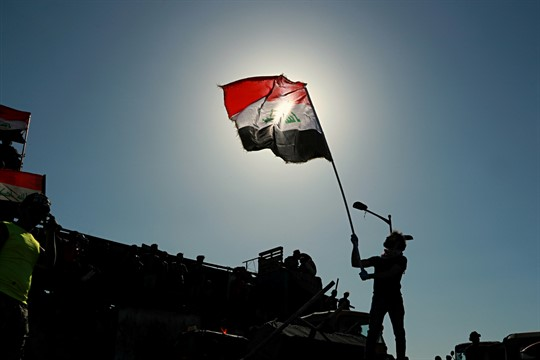
BAGHDAD—The Islamic State is stepping up its attacks in Iraq, fulfilling the expectations of many analysts that the extremist group would mount a comeback after the Iraqi government declared victory over it in 2017.
While the Islamic State has yet to show the same capabilities it had at its peak in 2013 and 2014, when it gained control of several provinces and population centers—including Mosul, one of Iraq’s largest cities—the tempo of attacks has been increasing for over six months. This coincides with a period of domestic unrest due to widespread anti-government protests. The U.S.-led coalition against the Islamic State has also reduced its aerial activities due to heightened tensions between Washington and Tehran following the U.S. assassination of Iran’s top military commander, Maj. Gen. Qassem Soleimani, in January.
The Islamic State has been ramping up a campaign of violence in rural parts of Iraq since the second half of 2019, focusing on Diyala, Kirkuk and Salahaldin provinces, to the east and north of Baghdad. Both the frequency and character of the attacks have been steadily increasing, and there is data that suggests the Islamic State is moving skilled fighters to the area from Syria to stoke a new insurgency. If true, this would be reminiscent of the group’s buildup in 2012 and 2013. In April, the Islamic State staged 108 attacks in Iraq, including against an intelligence building in Kirkuk. A large assault targeted the paramilitary Popular Mobilization Forces on May 1 near the city of Samarra, showing that the Islamic State is willing to move beyond guerilla tactics and engage in coordinated and sustained fighting.
